Installing and Using
5 steps to start using DCL actuator Install actuator onto the valve Check mechanical limiter Wiring Set end-position of Open/Close Start to Use How-tos View More > Application Notes View More > User Manual View More > Previous:FAQ Next:5 Steps to Start Using DCL Actuator
DCL 전동 액추에이터는 어떤 유형의 밸브를 구동할 수 있나요?
The DCL electric actuator is mainly used to drive butterfly valves with a diameter of less than 600mm, ball valves with a diameter of less than 350mm, and ventilation dampers and air flap valves with a diameter of less than 1200mm. Beyond these applications, some interesting use cases are also worth noting. For example: Rotating […]
전동 액추에이터는 어떻게 작동하나요?
Once connected to a power supply (AC380V, AC220V, AC24V, or DC24V), DCL electric actuators can be controlled by a Distributed Control System (DCS) using various control signals, including analog signals, digital signals, bus communication, and IoT networks. The actuator drives the electric valve to fully open, fully close, or adjust to a specified position, enabling […]
전동 액추에이터를 선택하는 이유는 무엇인가요?
An electric actuator utilizes a motor-driven reduction mechanism to achieve both rotary and linear motion of a valve. Since it is powered by a motor, the electric actuator features a simple and reliable structure without requiring additional support systems like pneumatic or hydraulic sources. This results in higher energy efficiency and lower operational costs. At […]
How to choose an actuator?
Determining Specific Valve Drive Parameters For precise fluid control applications, it is essential to define the final valve drive parameters based on factors such as fluid pressure, media type, and control method. This ensures that the selected electric actuator meets the operational requirements. The following parameters should be determined before finalizing the actuator model: Choose […]
기술 문의
service@dcl-controls.com Phone (+86) 130 2633 1611 WhatsApp Ken Bryan In site chat Click on the icon at the bottom right corner to chat with us…

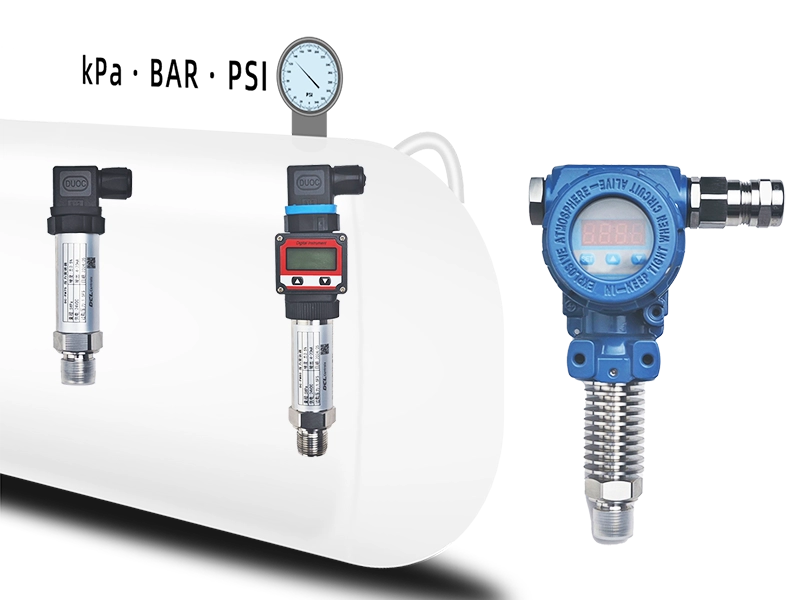
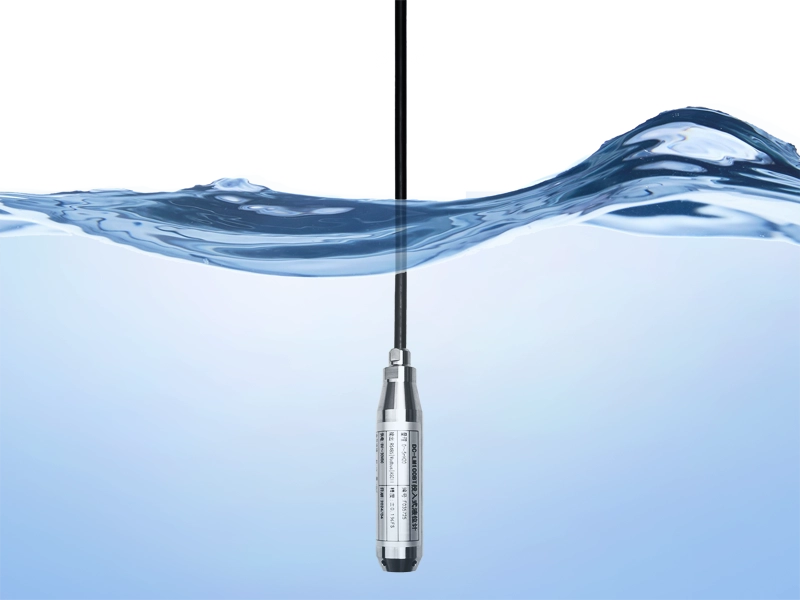





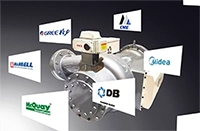


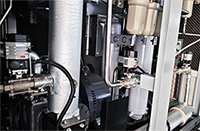



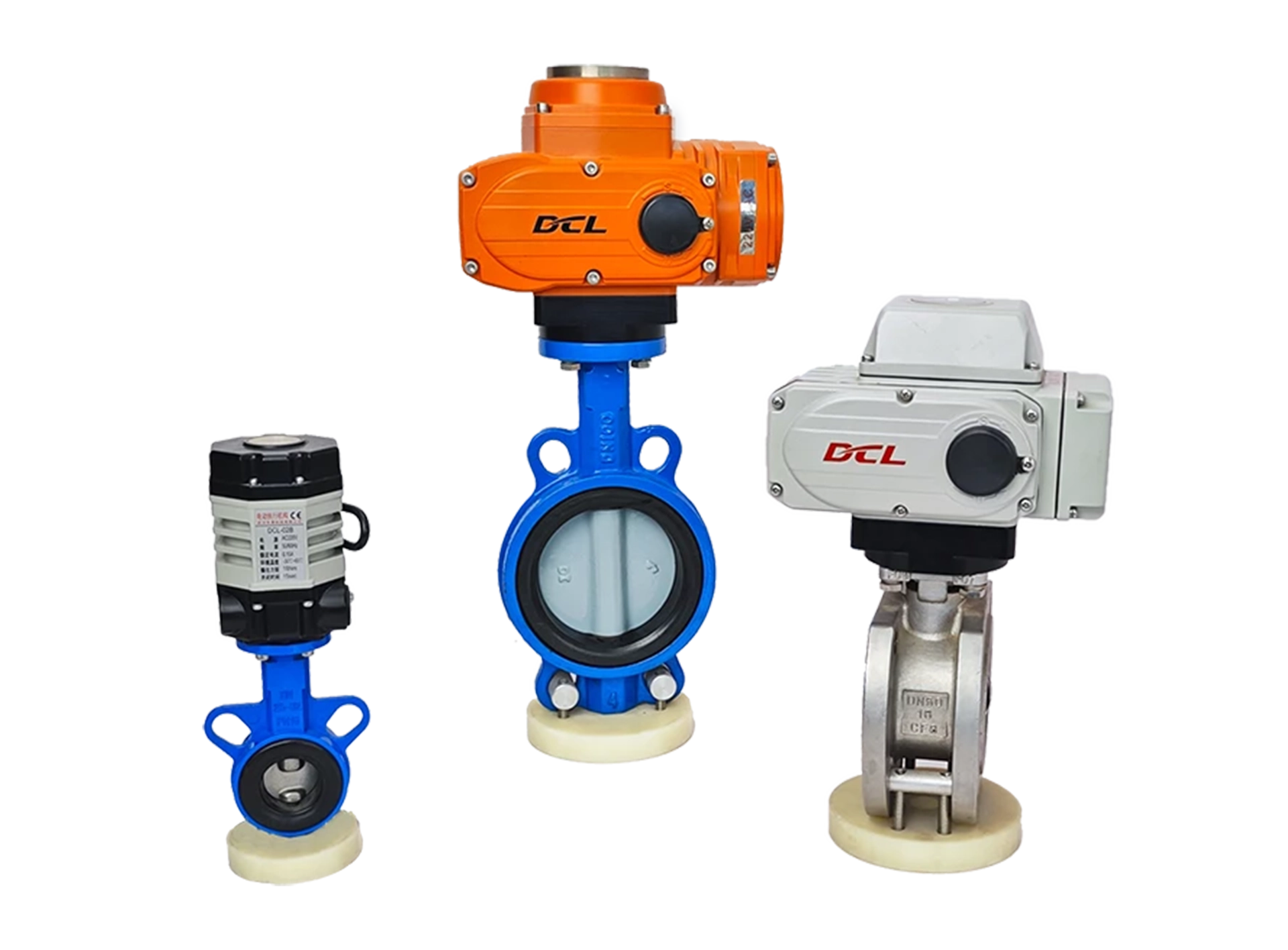












 鄂公网安备 42018502006527号
鄂公网安备 42018502006527号